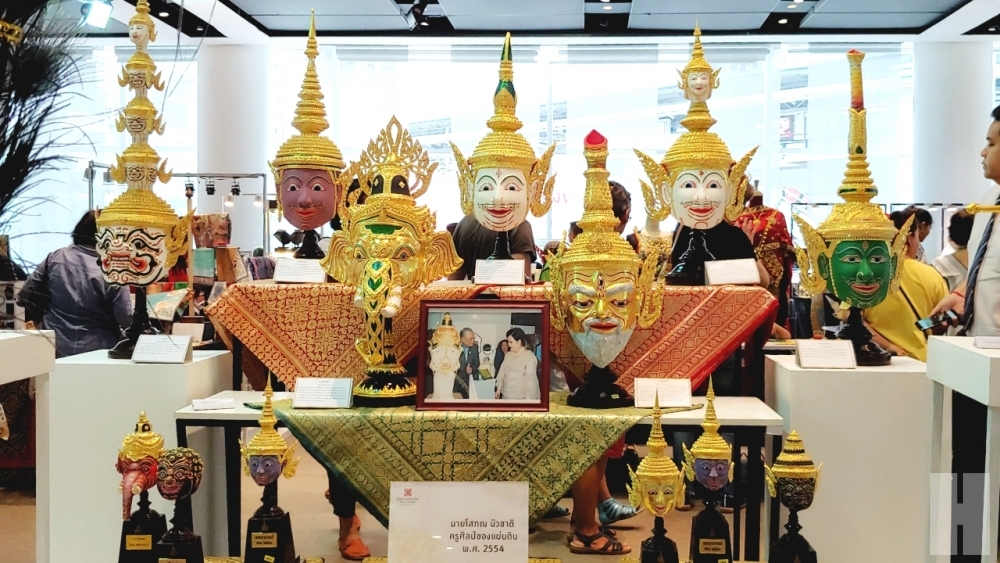Have you ever wondered about the story behind your favorite silk garments? The intricate patterns, vibrant colors, and luxurious feel of Thai silk are truly captivating. But there’s so much more to this fabric than meets the eye. In this article, we’ll take you on a cultural journey, diving into the rich history and traditional techniques behind Thai silk making.
Thai silk dates back centuries and is deeply rooted in Thai culture. It is renowned worldwide for its exceptional quality and beauty. The process of creating Thai silk involves labor-intensive craftsmanship and a deep appreciation for nature. From the cultivation of silkworms to the dyeing and weaving of the threads, every step is carried out with immense skill and dedication.
We’ll explore the different stages of silk production, from the careful selection and rearing of silkworms to the spinning of the silk threads. You’ll learn about the natural dyes used to produce the vibrant colors that make Thai silk so visually striking. We’ll also delve into the intricate weaving techniques that are passed down through generations, ensuring the legacy of Thai silk continues to thrive.
Join us on this cultural journey through the world of Thai silk, where beauty and craftsmanship intertwine. Whether you’re a fashion enthusiast, a lover of intricate textiles, or simply curious about the stories behind your favorite garments, this exploration of Thai silk’s beauty and legacy is sure to leave you inspired. Stay tuned for the upcoming articles, where we’ll share more about the traditions, legends, and modern innovations that have shaped the world of Thai silk.
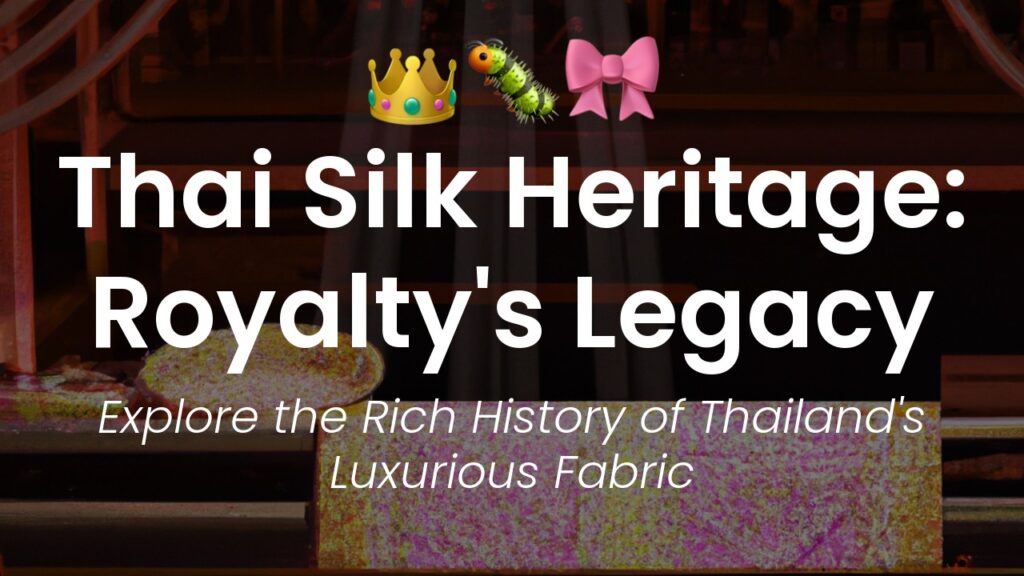
Introduction to Thai Silk
Thailand’s rich cultural heritage is beautifully encapsulated in its traditional art forms, and one such art form is Thai silk. Renowned for its vibrant colors, intricate designs, and exquisite craftsmanship, Thai silk holds immense significance in the country’s history and culture. This article will take you on a cultural journey exploring the history, techniques, characteristics, and significance of Thai silk. Join us as we unravel the beauty and legacy of Thai silk.
The history and significance of Thai silk
The history of Thai silk dates back centuries, tracing its roots to the ancient kingdom of Thailand. Legend has it that the art of silk weaving was introduced to Thailand by a Chinese princess who married the Thai king. The princess brought mulberry tree seeds and silkworms along with her, which became the foundation for the flourishing Thai silk industry.
Thai silk quickly gained recognition and became a symbol of royalty and luxury. It was used to create elaborate garments for the Thai nobility, and its production was closely guarded within the palace walls. Over time, the craftsmanship of Thai silk weaving spread beyond the royal court, becoming an integral part of Thai culture.

The cultural importance of Thai silk
Thai silk is deeply embedded in Thai culture and represents the country’s heritage and traditions. The vibrant colors and intricate patterns of Thai silk reflect the diverse landscapes, flora, and fauna of Thailand. Silk weaving is considered a sacred art form, incorporating elements of spirituality and superstition into its practice. It is believed that the silk threads used for weaving absorb the energy and spirit of the weaver, adding a unique essence to each piece of fabric.
The process of silk making in Thailand
The process of silk making in Thailand involves several intricate steps, each contributing to the creation of a high-quality fabric. It begins with the cultivation of mulberry trees, which serve as the food source for the silkworms. The silkworms then undergo several stages of growth, spinning cocoons made of fine silk threads.
These cocoons are carefully unwound, and the silk threads are harvested. The harvested silk threads are then spun, dyed using natural dyes, and meticulously woven into stunning patterns. Thai silk weavers employ traditional techniques, often passing down their skills from generation to generation, ensuring the preservation of this ancient craft.
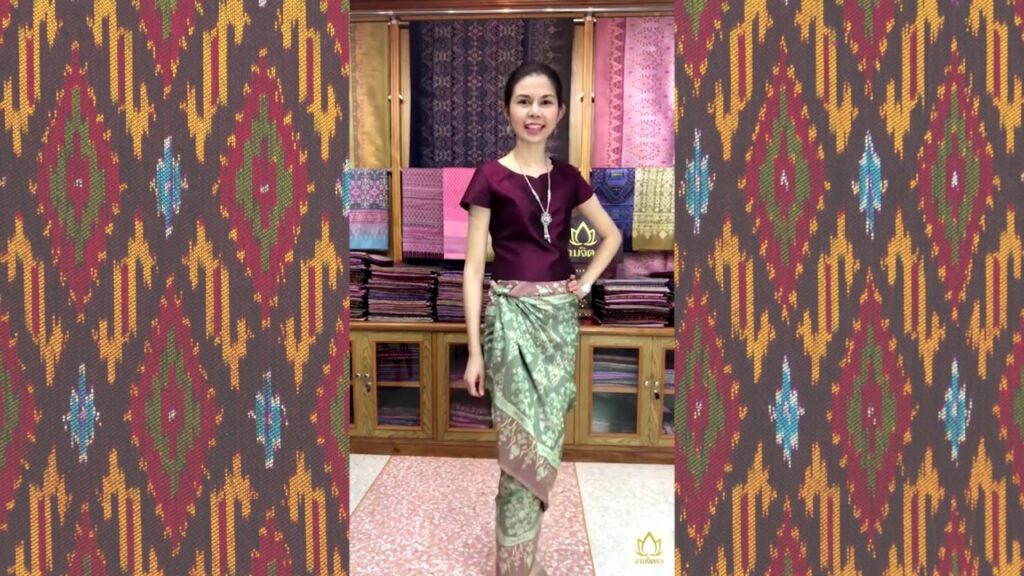
Traditional Thai Silk Weaving Techniques
The art of Thai silk weaving is a meticulous and time-consuming process that requires great skill and precision. Thai silk weavers use various traditional techniques to create intricate patterns and designs. One such technique is “Mat Mee,” also known as “ikat” or tie-dyeing. This technique involves tying and dyeing sections of the silk threads before weaving, resulting in unique patterns.
Another technique is “Yok Dok,” which involves adding decorative motifs onto the woven fabric using supplemental wefts. This technique allows weavers to incorporate intricate designs and textures into the silk fabric. Each weaving technique requires years of practice and expertise, making Thai silk weaving a true art form.
Different types of traditional weaving techniques
Thai silk weaving encompasses a wide range of weaving techniques, each with its own distinct characteristics. One of the most popular techniques is “Lai Kho,” which involves weaving complex patterns using gold or silver threads. This technique adds a touch of elegance and luxury to the silk fabric.
Another technique is “Lai Nam,” also known as “brocade.” This technique incorporates colorful silk threads into the fabric, creating raised patterns and designs. This adds a three-dimensional texture and depth to the finished product.
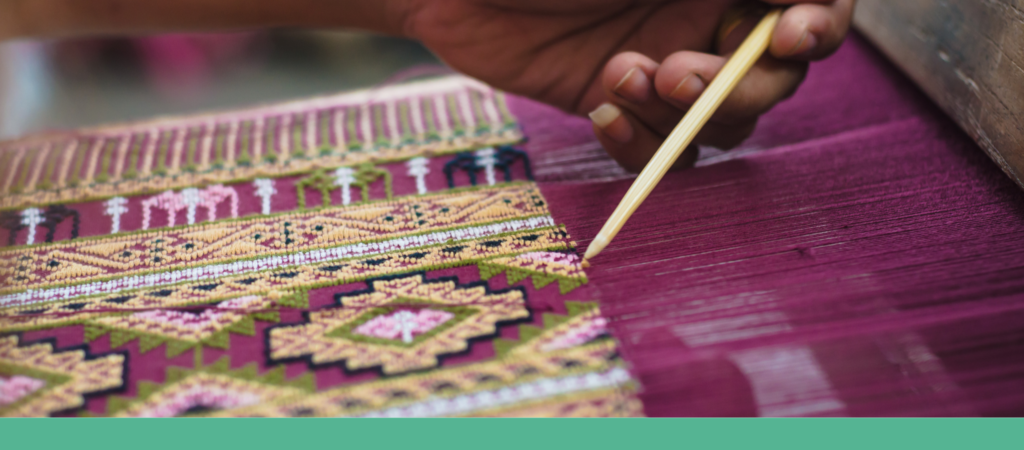
Tools and equipment used in Thai silk weaving
Thai silk weavers use a variety of tools and equipment to create their intricate fabrics. They use traditional wooden weaving looms, which have been used for centuries. These looms are painstakingly crafted and are essential for the precise and intricate weaving process.
Other tools include shuttles, bobbins, and needles, which are used to weave, thread, and adjust the tension of the silk threads. Each tool plays a crucial role in ensuring the quality and consistency of the silk fabric.
Distinctive Characteristics of Thai Silk
Thai silk is known for its unique qualities, making it highly sought after in the global market. One distinctive characteristic is the use of natural dyeing methods. Thai silk weavers employ traditional techniques to extract vibrant colors from natural sources such as flowers, leaves, and tree barks. These natural dyes result in rich and long-lasting hues, giving Thai silk its distinct vibrancy and beauty.
Another characteristic of Thai silk is the intricate patterns and designs that adorn the fabric. Thai silk weavers draw inspiration from nature, mythology, and cultural symbols to create visually stunning patterns. These patterns reflect Thai culture and heritage, adding depth and meaning to the fabric.
Furthermore, Thai silk is renowned for its quality and durability. The tightly-woven threads create a strong and resilient fabric that can withstand the test of time. Thai silk garments often become family heirlooms, passed down through generations, showcasing the long-lasting nature of this exquisite fabric.
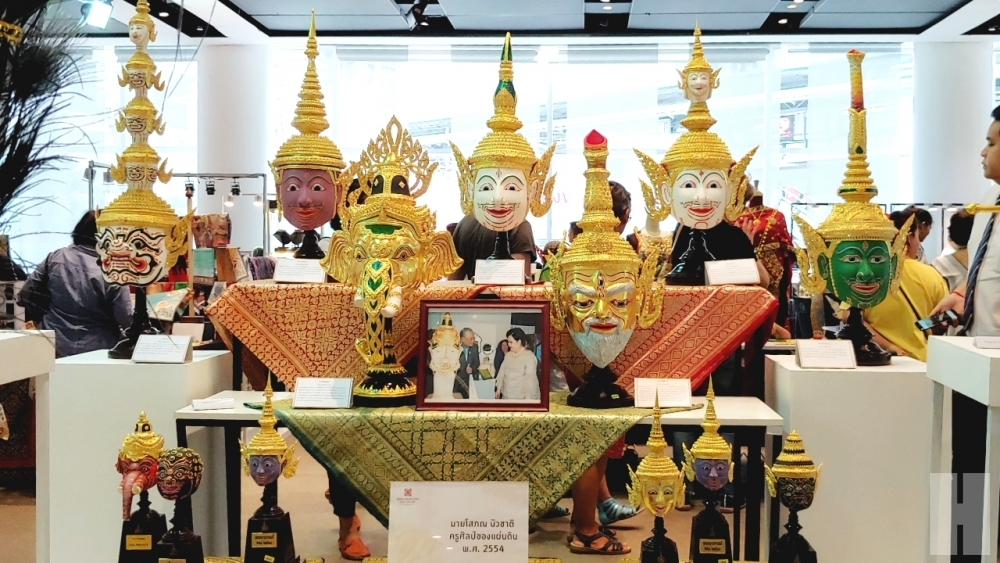
Significance of Thai Silk in Thai Culture
Thai silk holds immense cultural significance in Thailand, serving as a symbol of national pride and identity. It represents the country’s rich heritage and showcases the craftsmanship and artistry of the Thai people.
Thai silk as a symbol of national pride
Thai silk has long been associated with Thai royalty and nobility, representing power, wealth, and prestige. The intricate designs and vibrant colors of Thai silk garments are a visual representation of Thailand’s cultural heritage and artistic traditions.
Traditional uses of Thai silk in ceremonies and celebrations
Thai silk plays a central role in traditional ceremonies and celebrations in Thailand. It is often used to create elaborate costumes for traditional dances and theatrical performances. Thai silk garments are also worn during auspicious occasions, such as weddings and religious ceremonies, as a sign of reverence and respect for tradition.
Thai silk in contemporary fashion and design
In addition to its traditional uses, Thai silk has made its mark in the world of contemporary fashion and design. Renowned international designers have incorporated Thai silk into their collections, bringing this cultural gem to the global stage. Thai silk garments are highly sought after for their unique patterns, luxurious feel, and cultural significance.
Preservation and Promotion of Thai Silk Tradition
Recognizing the importance of preserving the art of Thai silk weaving, efforts have been made to ensure its continuation and promote its cultural significance.
Efforts to preserve the art of Thai silk weaving
Various organizations and initiatives have been established to preserve and promote the art of Thai silk weaving. These organizations provide training and support to Thai silk weavers, ensuring that their skills are passed down to future generations. Traditional weaving techniques and patterns are documented and archived, preserving this rich cultural heritage for years to come.
Government initiatives to support the Thai silk industry
The Thai government has recognized the economic and cultural significance of Thai silk and has implemented measures to support the industry. These measures include providing financial assistance, offering training programs, and promoting Thai silk through trade fairs and exhibitions. These initiatives aim to enhance the competitiveness of Thai silk in the global market while preserving its cultural legacy.
Collaborations with international designers and brands
Thai silk has gained international acclaim through collaborations with renowned designers and brands. These collaborations have not only raised awareness of Thai silk on a global scale but have also provided opportunities for Thai weavers to showcase their skills and craftsmanship to a broader audience. Such collaborations have helped sustain the Thai silk industry and ensure its continued growth.
Thai Silk in the Global Fashion Industry
Thai silk’s influence extends beyond Thailand’s borders, making its mark on the global fashion industry.
Thai silk on international runways
Thai silk has graced international runways, with designers incorporating this luxurious fabric into their collections. The vibrant colors, intricate patterns, and rich textures of Thai silk captivate audiences, making it a favorite among fashion enthusiasts worldwide.
Influence of Thai silk in global fashion trends
The unique patterns and designs found in Thai silk have influenced global fashion trends. Designers often draw inspiration from Thai silk’s vibrant colors and traditional motifs, incorporating them into their own creations. This cultural exchange highlights the enduring beauty and appeal of Thai silk in the international fashion scene.
Sustainability practices in Thai silk production
As sustainability becomes increasingly important in the fashion industry, Thai silk has embraced environmentally friendly practices. Many Thai silk producers prioritize using natural dyes, organic materials, and sustainable farming methods, ensuring the longevity and ecological integrity of their products. These sustainable practices contribute to the overall value and appeal of Thai silk in the global market.
Thai Silk as an Economic Driver
The Thai silk industry plays a significant role in Thailand’s economy, driving employment and tourism in the country.
Contribution of the Thai silk industry to the economy
Thai silk production contributes to the national economy by generating revenue through exports. The high demand for Thai silk in international markets brings in valuable foreign exchange, boosting the country’s economic growth. Additionally, Thai silk production provides employment opportunities for rural communities, allowing them to earn a sustainable income and contribute to the local economy.
Employment opportunities in Thai silk production
Thai silk weaving provides employment opportunities for skilled artisans and weavers. These artisans, often from rural areas, play a vital role in sustaining the Thai silk industry. Their craftsmanship and dedication keep the tradition alive while supporting their livelihoods and communities.
The impact of Thai silk tourism
Thailand’s reputation as a hub for Thai silk production attracts tourists from around the world. Travelers flock to Thailand to witness the intricate weaving process firsthand and purchase authentic Thai silk products. Thai silk tourism contributes to the local economy, supporting small businesses and artisans, and creating a vibrant cultural exchange.
Challenges and Future of Thai Silk
While Thai silk continues to thrive, it faces several challenges in an ever-changing global market.
Competition from synthetic fabrics
The emergence of synthetic fabrics has posed a challenge to the Thai silk industry. Synthetic fabrics offer similar visual appeal at a lower cost, making them more accessible to a wider consumer base. To combat this competition, Thai silk producers emphasize the unique qualities of their fabric, including its natural origins, rich history, and unmatched quality.
Adapting to changing consumer preferences
Consumer preferences and fashion trends evolve rapidly, and Thai silk must adapt to stay relevant. Thai silk producers continually innovate, experimenting with new designs, patterns, and weaving techniques to meet the changing demands of the market. They also focus on incorporating Thai silk into contemporary fashion and design, appealing to younger generations and a global audience.
Exploring innovative techniques in Thai silk production
To ensure the future of Thai silk, the industry is exploring innovative techniques in silk production. These include incorporating new materials and technologies into traditional practices, such as using eco-friendly dyes, organic silkworm rearing methods, and sustainable farming practices. By embracing innovation, Thai silk preserves its cultural heritage while meeting the demands of a modern consumer base.
Revitalizing Thai Silk Crafts
Revitalizing Thai silk crafts is crucial for preserving and promoting the cultural heritage of Thai silk.
Supporting local artisans and weavers
Supporting local artisans and weavers is key to the survival of the Thai silk industry. By providing training, resources, and fair compensation, Thai silk producers empower artisans to continue practicing their craft. Supporting local artisans ensures the preservation of traditional weaving techniques and helps sustain rural communities where the art of Thai silk weaving thrives.
Education and training programs for Thai silk making
Education and training programs play a vital role in ensuring the future of Thai silk. These programs offer formal training in Thai silk weaving techniques, history, and design, equipping a new generation of weavers with the skills necessary to carry on this ancient tradition. By educating and nurturing young talents, the art of Thai silk weaving will continue to flourish.
Preserving the cultural heritage of Thai silk
Preservation of the cultural heritage of Thai silk is a collective responsibility. It requires collaboration between the government, local communities, and artisans. Efforts must be made to document and archive traditional weaving techniques, patterns, and designs, ensuring their accessibility to future generations. By valuing and celebrating the cultural heritage of Thai silk, we can ensure its enduring legacy.
Conclusion
Thai silk is a true testament to Thailand’s rich cultural heritage and artistic traditions. This exquisite fabric carries with it centuries of history and craftsmanship. From its origins in the royal court to its international acclaim on runways worldwide, Thai silk continues to captivate and inspire.
The enduring beauty and cultural significance of Thai silk are woven into the fabric of Thai society. As we embark on this cultural journey through the intricate art of Thai silk weaving, let us remember the importance of preserving and promoting this ancient tradition. By supporting local artisans, embracing innovation, and valuing its cultural heritage, Thai silk will shine brightly for generations to come.
